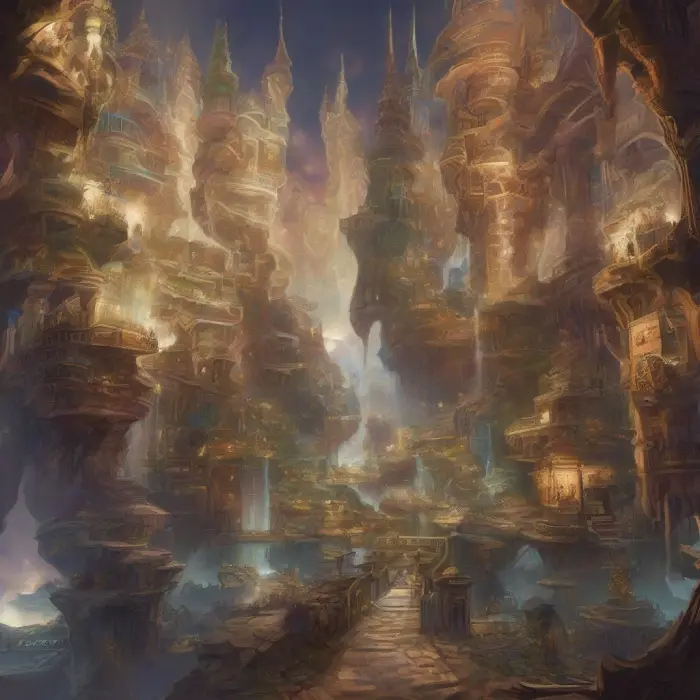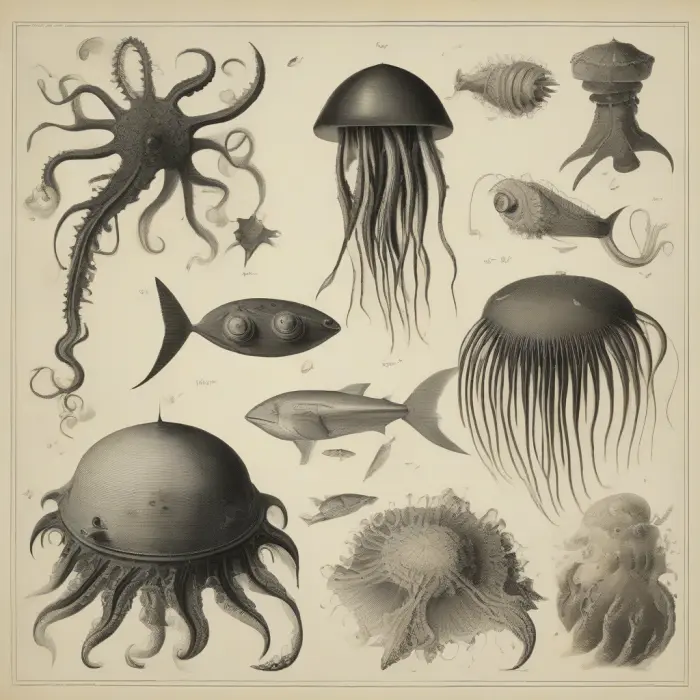The new Netflix streaming mini-series "Kaleidoscope" has just been released, telling the story of a team of professional thieves trying to steal seven billion dollars from the most impenetrable vault in the world. The unique feature of this project is that you can watch episodes in any order. Let's look at how this show is structured and why it should be a must-see for aspiring screenwriters.
After spending 17 years behind bars, professional thief Leo Pope (Giancarlo Esposito, who played the imposing drug baron Gus Fring in series Breaking Bad and Better Call Saul) assembles a criminal team to rob an impenetrable safe of SLS corporate security firm. There are seven billion dollars worth of bonds stored there on behalf of a trio of ultra-wealthy individuals known as the (Kim Cheh Yuna's nephew, an elderly Englishwoman, and a Swiss banker with Nazi gold).
The gang of Papa consists of his young and kindhearted fixer friend Stan (Peter Mark Kendall), the Argentinian weapons dealer Eva (Pas Vega), the trusting driver Arjay (Jordan Mendoza) and the criminal-lovers, the affectionate chemist Judy (Rosalyn Elba) and her aggressive husband, bear whisperer Bob (Jay Cortney). Furthermore, SLS has its own informant to leak secret information about corporate leader Roger Salas (Rufus Sewell) to the thief. Most robbers look forward to a great financial gain from their escapades; however Leo acts mostly out of revenge. Because of Salas he once lost his family and was imprisoned. Papa is not the only avenger in this show. The FBI agent and drug addict Nazan Abbasi, who has her personal vendetta against Eva, tracks them down relentlessly.
"Kalidescope" is an experimental series by writer and screenwriter Eric Garsia (for example, Ridley Scott directed the black comedy "The Great Fraud" based on his book), which was released on Netflix right before New Year's. The innovative feature of the 8-episode mini-series is that episodes can be viewed in any order - streaming algorithms offer 5040 different combinations.
"The 'Purple' episode tells of the events that happened 24 years before the robbery, and 'Pink' what happened six months after. There is also a 'Blue' (five days before), 'Green' (seven years before), 'Red' (the morning after), 'Yellow' (six weeks before) and an 'Orange' (three weeks before). The creators suggest watching the last episode, entitled White, with its complicated heist as the finale - though not necessarily. The colors from each title are related to details in the respective series but play no particular role for viewers."
It must be said that Garcia and Netflix were not the first to give their audience freedom in terms of viewing chronology. Three years ago, CBS All Access (now Paramount+) made a similar groundbreaking move by airing the true crime series "The Interrogation" about an alleged murderer trying to prove his innocence. In this story, the viewer became a kind of detective gathering clues over 30 years and nine episodes. Nonlinear storytelling to tell stories of robberies was already quite popular back in the nineties – films such as "Reservoir Dogs", "Pulp Fiction" or "The Usual Suspects" quickly come to mind.
Most combinations of "The Kaleidoscope" will simply be confusing. If you start from the end, then you would be wondering who these people are and what they want - their actions will have no dramatic weight. The audience will get answers to all questions when they reach the first episodes, but there won't be any spectator catharsis - it will be difficult to comprehend the drama of the heroes. Such chronology will reveal to you too soon the fate of the heroes and a multistep preparation for a robbery (usually this is what is most interesting in its genre!) after a robbery loses all meaning.
Unfortunately, "Kaleidoscope" works best in its familiar chronological order of episodes. If all episodes are watched at once but in random order, the arcs of the heroes become dull, their actions lose their meaning, and cause-and-effect relationships blur. In "Criminal Intent" nonlinear storytelling worked because Tarantino did not explain Vincent Vega's psychology to the viewer and alternated between characters through whom he was telling his story. In "Remember", and in “Irreversible” Christopher Nolan and Gaspar Noé didn't require us to follow a dozen characters simultaneously. García essentially tells a perfectly classical genre story that does not presuppose any experiments with chronology. On this basis, "Kaleidoscope" can be used as an exercise for developing memory skills; novice screenwriters can learn from it how dramatic structure affects audience perception.
Although the chronological version of "Kaleidoscope" has its own problems. The series is obviously shot with a view to the trilogy about Danny Ocean and his friends: the funk soundtrack does not subside, but the overall tone promises viewers only light-minded entertainment. Charming heroes make unrealistic maneuvers using hallucinogenic mushrooms and swarms of bees, they mock each other, often give various tarrings like "Lone wolves can't get far", "Every story has two sides", "Trust can be given, but it can also be stolen". In place is immoral wretch who should be punished - he plays master of negative heroes Rufus Sewell ("Illusionist", "Time", "Legend Zorro").
At one point, however, the ironically comedic atmosphere of "Kaleidoscope" suddenly turns into a moralistic drama about the futility of vengeance and the inevitability of betrayal. If 2022's cinematic year ended with a rallying cry of “Eat The Rich” (as seen in films like "Triangle Of Sadness," "Menu," and "Knives Out: A Glass Puzzle"), 2023 starts off in a cynical, harsh world where only the super-wealthy will come out on top.
How to watch "Kaleidoscope". The Three Best Options
Chronological Order: "Violet", "Green", "Yellow", "Orange", "Blue", "White", "Red", "Pink".
Nonlinear but logical: "Blue", "Green", "Yellow", "Orange", "Purple", "Pink", "White", and" Red".
"Red", "Yellow", "Orange", "Blue", "Purple", "Green" and "White" (let's not even consider Pink - it will just make you sad!)
Powered by Froala Editor










